Mr Slang raises a fourth glass of port to the famous Loamshire regiment, heroes of innumerable imaginary battles…
‘All that remains is the orderly –sergeant’s voice reading orders to the new blood in the quiet summer evening in sleepy Loamshire, with its laughing English fields and gay hedgerows spread about the lazy canal. ‘The O.C. regrets to announce the following casualty in the Expeditionary Force…’
Blackwood’s magazine ‘Fallen Angels’ 1916
But let us not weep. They have good wars, the Loamshires. They usually do. What d’they call them? The ‘Knock-Outs,’ and they earned that a century back. I know, the Loamshires, as they say in the canteen, ‘think no small beer of themselves,’ which is to say that they are uppish.1 But dammit, they deserve it.
Loamington, where they have the great school, sent along its OTC in ’14, but they weren’t the first of the county’s sons to see service across the Channel. The Loamshires had fought with Marlborough in Flanders.2 And in India too. Harry Wharton went to Greyfriars but his father was a Loamshire and died on the frontier around 1900.3 Blessed useful when Harry and the boys were in Aldershot watching the Regiment play the Artillery: up jumps a gang of gypsies, starts laying about them with bludgeons. Not for long: the troopers remembered Harry’s father and a few knocks with the belt buckle had gyppo cutting his stick smartish.
And there had been tricky moments serving the Flag. A nasty standoff with the Tugrawallahs in ’17. There’d been that bother in Amritsar and now the lads were facing off a mob. Some problem with the bullets, or was it independence. Unfortunately one of the Loamshires accidentally let off his rifle. The Tugrawallahs immediately leapt to the conclusion that they were going to be shot down where they stood.4 Johnny panicked – they’re not all Gunga Dins, Mr K. – and that was that.
No, it wasn’t all a cakewalk. Saw off the Boer5 but then there was that time in ’03, formed up in front of the Blankshires. Their men were jumpy and once, when a horse got loose and galloped across their front, thenearly fired a volley into the Loamshires in front of them.6 Our lads just laughed.

Trouble was, wasn’t it for them all, that the Hun could fight too and the Sixth form were gone and the rest of Upper School with them. The Loamshires began as decent country chaps, but had been filled up with town riffraff as the war went on – better at dogery than a square fight7. ‘Knock-outs’, perhaps, but the C.O. did not believe very much in sniping. Used to tell us that sniping will ‘never win the war.’ Not for gentlemen. Maybe so but it made the Loamshire sniping section a pitiable affair.8 Chalk up a few more for the Hun.
Of course one thing the sausage-eater didn’t have was the Bulldog. Captain Hugh Drummond, D.S.O., M.C. of the Loamshires, to you, my boy. Good god, what a fellow. Fit as a whole orchestra of fiddles, drank like a fish, laughed like a drain, and killed as to the manner born. Silent, deadly. What a fellow, never happier than whipping some Bolshie Jewboy, dismembering a Transylvanian dwarf or going one-on-one with a hideously deformed yet strangely powerful darky. Yes: happier days.9
Trouble is, they didn’t last. You wouldn’t have known Colonel Blimp, charming to a fault. Brought out of mothballs for the second big one and what do they do? Sic some grammar school oik on him. Claims he’s a one-pipper with the Loamshires, ‘Spud’ Wilson he calls himself.10 Laughs at the old boy. At least Waugh gave us a fair crack of the whip. Loamshires all over Sword of Honour. That’s the ticket. Even if there was a bit of a cock-up in Crete.11
Of course we’re traditionalists in Loamshire. Conservatives even. Large or small C. Fighting aside, there’s one thing that counts in Loamshire, and it isn’t radicalism. Fellow called Felix Holt tried to stir things up in 1832 and where did that end: on the front page of the Courant and sent down for manslaughter. That author-chap Eliot wrote a book about it, except it turns out he was a ruddy woman.12 No, Loamshire is a sporting county, and if Loamshire cricket goes on for ever,13 and old Blenkinsop remains the Club’s most enthusiastic supporter,14 the three great festivals of its year are the Hunt Steeplechases in March, the Loamington Polo Week in August, and the Loamshire Coursing Cup in December.15 Lord Loamshire up at the big house ran a ringer in the ‘Chase in ’6016 but the local man, out of regimentals and dressed in the Loamshire Hunt colours —scarlet coat with pea-green facings17 – carried the day. Loamshire’s got a touch of the hairy hoof himself. They do say the butler runs the place: Crichton. ‘Admirable’ they call him.18
And I’ll be frank: we don’t like a man who won’t work. There’s a good train, the Great Loamshire railway runs down to Queen’s Cross (you’ll remember the disaster of ’71?),19 but our highways are constantly infested with tramps. Off to gaol with the lot of them. And ‘tramp’ moreover has a wide meaning in Loamshire: all wandering musicians, German bandsmen, Italian organ-grinders, acrobats, stilt-walkers, conjurers, open-air performers of all kinds, have a hard time of it. The county constabulary and the warders of the local prison have to do with so many outlandish foreigneering folk that they have invented a sort of lingua franca which does with all, especially when helped with shrugs and nods, and wavings of the hand.20
But things have changed. Not for the better. There’s a technical college at Camford now: proposing to set up a course in Window Cleaning21. As for the regiment, it’s the first time since ’91 there’s no Fenwick serving with the Loamshires22
Worst of all some little popinjay just out of Oxford turned the whole place into a laughing stock. All floppy hair and nancy manners. ‘If you seek a tombstone, look about you; survey the peculiar nullity of our drama’s prevalent genre, the Loamshire play. Loamshire is a glibly codified fairy-tale world, of no more use to the student of life than a doll’s-house would be to a student of town planning.’23
Fetch me another port, will you. And my horsewhip. Wouldn’t be surprised if he enjoyed it.
[1] Colliers 55:2 10
[2] Compton Mackenzie East Wind of Love (1937)
[3] F. Richards ‘Bill Bunter’s Sympathy’ Magnet (1908)
[4] Olive Dent: A VAD in France (1917)
[5] Overland Monthly (1900)
[6] George Augustus Sala in Temple Bar mag. (1903)
[7] Pearson’s magazine 33 (1915)
[8] H. Hesketh-Prichard ‘Sniping in France’ 1914-18 (1920)
[9] ‘Sapper’ Bulldog Drummond passim
[10] The Life and Death of Colonel Blimp (1943)
[11] E. Waugh Sword of Honour (1952-61)
[12] George Eliot Felix Holt (1866)
[13] Punch vol. 216 (1949)
[14] Badminton mag. 10 (1900)
[15] Badminton mag. 27 (1908)
[16] Adam Lindsay Gordon ‘How We Beat the Favourite: A Lay of the Loamshire Hunt Cup’ (c.1860
)[17] Badminton mag. 27 (1908).
[18] James Barrie The Admirable Crichton (1902) ‘Crichton, servant to lord Loamshire’
[19] Chamber’s mag. 48 (1871)
[20] Arthur Griffiths Criminals I have Known (1895)
[21] Education 5 (1951)
[22] Drew Middleton These are the British (1957)
[23] Kenneth Tynan ‘The Loamshire Play’ (1954)

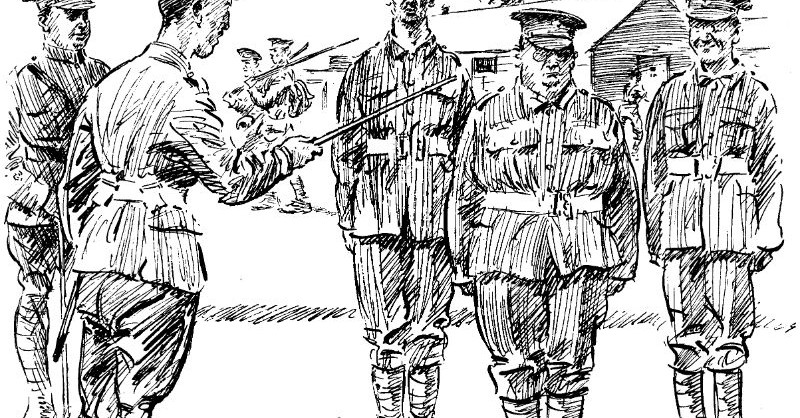
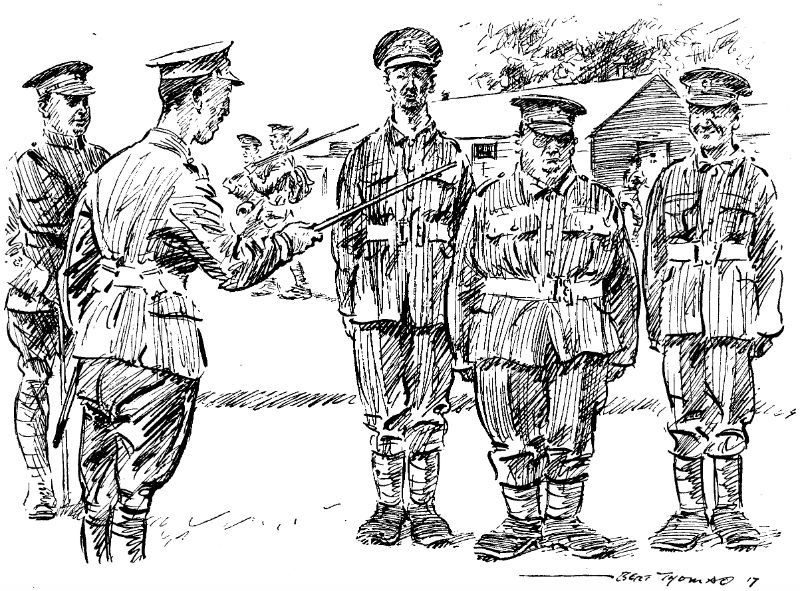
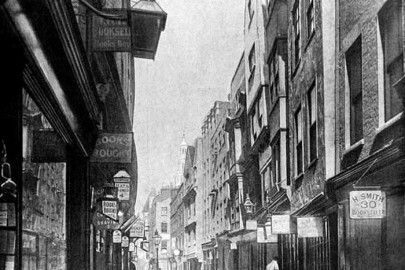
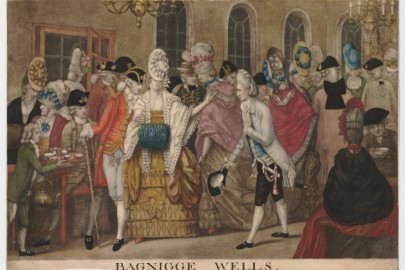
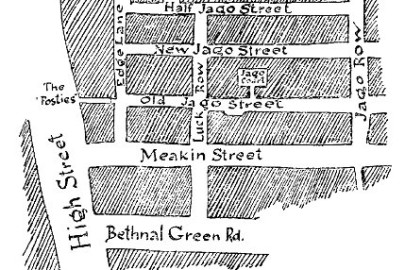







This is terrific — touch of genius really.
Is Loamshire anywhere near Christopher Reid’s ‘Bollockshire’?
You’ve zoomed through it often enough
on the long grind north, the grim dash south –
why not take a break?
Slip off the motorway
at any one of ten tangled junctions
and poke your nose, without compunction,
into the unknown.
… It’s the essence of Bollockshire
you’re after: its secrets, its blessings and bounties.
So keep driving,
past sly-windowed farms,
lying there with hoards of costly machinery
in their arms, like toys they won’t share;
past Bald Oak Hill,
down the more shaded side of which
the Bollockshire Hunt has scuffled
many a morning to its kill;
past St Boldric’s church,
with the slant steeple,
which Cromwell’s lads once briefly visited
… past Bewlake Manor’s
dinky Gothic gatehouse, now the weekend habitat
of London media or money people;
past the isolated
Bulldog pub,
with its choice of scrumpies, microwave grub,
bouncy castle and back-room badger fights –
past all that,
until, if you are lucky,
you hit the famous ring road. Thrown down
decades ago, like a gigantic concrete garland
around the county town,
riddled and plugged
by the random dentistry of maintenance work
… But don’t stick here all afternoon:
Blokeston itself has to be seen,
via the brick maze
of its bygone industrial outskirts.
This is where Shas Balk invented his machine
for putting a true, tight twist in string,
where they once supplied the world
with all it needed
of bicycle saddles and cigarette papers,
where cough syrup was king.
Round the corner,
just when you least expect,
there’s Blokeston FC, home of ‘The Blockers’,
and Blokeston Prison, by the same no-frills architect.
Unmissable from any position,
the Bulwark Brewery
stands up in a haze of its own malty vapours,
which even today’s counterwafts of Tandoori
cannot contest.
Now, turn east or west,
and you’ll find yourself on a traffic-planner’s
one-way inward spiral, passing at speed
through older and older
parts of town –
the impeccable Georgian manners
of Beauclerc Square, built on slave-trade money;
bad Bishop Bloggs’s school;
the crossroads where
the Billhook Martyrs were tortured and burned –
until you reach the river Bleak.
Squeeze, if you can,
over the Black Bridge,
then park and pay – assuming this isn’t the week
of the Billycock Fair, or Boiled Egg Day,
when they elect the Town Fool.
From here, it’s a short step
to the Bailiwick Hall Museum and Arts Centre.
As you enter, ignore the display
of tankards and manacles, the pickled head
of England’s Wisest Woman;
ask, instead, for the Bloke Stone.
Surprisingly small, round, featureless,
pumice-grey,
there it sits, dimly lit,
behind toughened glass, in a room of its own.
Be sure to see it, if you’ve a taste
for this sort of primitive conundrum.
Most visitors pass
and won’t even leave their vehicles,
keen by this time to make haste
back to the life they know,
and to put more motorway under them.
Don’t the Loamshires show up near the end of Put Out More Flags also, this time reduced to a subaltern and about a half squad?
I suppose that it is a result of American dispersion and individualism that there is no one mythical place common to several American writers. Yoknapatawpha County is ever and only Faulkner’s, Gibbsville is John O’Hara’s, and so on. And since the Civil War (ours, not yours or theirs), military formations have had only tenuous ties to geographical entities, so the Ostrogothenburg Armored Infantry was never going to march. George Garrett did, as I recall, invent the Nth Field Artillery, but I don’t know that he found any imitators.